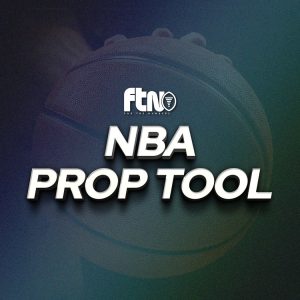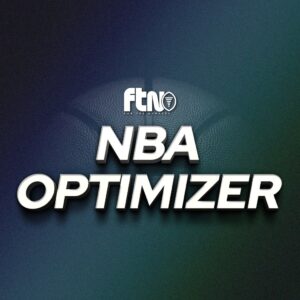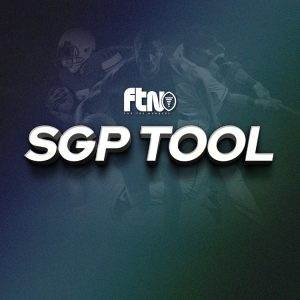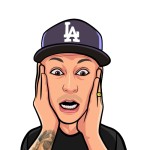
Fantasy baseball drafts are ramping up, with already 30 NFBC Draft Champions in the books. One of the first things I do when preparing for drafts is digest the NFBC Draft Champions ADP. It gives me an idea of how the market is shaking out early. Multiple factors will alter the ADP throughout the course of the offseason with transactions, reports out of camp, spring training results and buzz around the industry via podcasts and Twitter.
Drafting this early comes with benefits and risks. Among the benefits: The value you can obtain late in drafts. Come March, you’ll be tweeting that you drafted somebody in the 23rd round of an NFBC DC back in December but now that player is going 10 rounds earlier. The flip side of things is you will have drafted players that are out for the season due to injury or lost their job come March.
Listed below are a few players who stood out to me as players who could rise or fall from their current ADP from NFBC live events.
Trevor Story, SS, Colorado Rockies
ADP 11, min 7, max 18
Story has returned a profit for fantasy owners the previous three seasons, earning an average rotisserie value of $37. 2020 was his best season yet, though it wasn’t a full 162-game season due to COVID-19. Story was on pace to steal more than 40 bases with a total of 15 through 60 games. The power and speed combo are real with a stable career batting average of .280.
We all know playing half of your games in Coors Field is a premium when it comes to fantasy baseball. Story’s home park has been kind to him with a career .304 AVG and 84 home runs. His home/road total of games played is similar (1,151 home and 1,145 road), so weighting the splits is fair. The road games aren’t as sexy, with a .250 AVG and only 50 home runs. His career ISO is .320 at home versus .196 on the road along with a strikeout rate of 31.4% away from Coors Field.
It has been reported by the Athletic’s Nick Groke and Eno Sarris that the Rockies are warming up to the idea of trading Story. The talent and pedigree are there, but don’t be fooled by the Coors boost that has propelled Story into the first round. Leaving Colorado would put a dent in his value while his ADP would dip in the NFBC. Early drafters might want to tread with caution.
Max Scherzer, SP, Washington Nationals
ADP 30, min 23, max 42
Scherzer felt 2020 like the rest of us. Nagging injuries (neck, back/shoulder) and a decline in skills coming into his age-36 season have finally knocked him out of the first round of NFBC drafts. Mad Max had an uptick in walks (8%) and hit rate (38%) that jolted his HR/FB to 14%. His xHR/FB rate of 16% isn’t very promising either. We still saw plenty of greatness from the future HOF, boasting an elite 31% strikeout rate, K-BB% of 23% and a 15.3% swinging strike rate.
The nagging injuries and decline in skills is why Scherzer’s ADP is only 30 right now. There are a few components that will play into his ADP jumping closer to his current minimum pick of 23. The first is the NFBC market becoming more open to invest early draft capital on pitching in the early rounds. The demand for top tier starting pitching is at an all-time high, leaving teams feeling insecure if they don’t jump in early. It’s only December, and we’re already seeing a third of the picks being selected are starting pitchers in the first two rounds. You will see another increase in demand come spring during the live events in New York and Las Vegas.
So what happens if/when there are positive reports on Scherzer’s health and well-being going into camp? What happens when his velocity is up and he is racking up strikeouts in spring training? Even at his current max pick of 42, fantasy players are banking on another year of Scherzer being in the top tier. I’m going to assume after a short season and rest that he will feel great. I have little doubt his velocity, K% and SwStr% will be eye-popping come spring training. Don’t be shocked if that recipe boosts Scherzer into the Round 1/2 turn. The big question remains though, will he be healthy enough to maintain ace level performances throughout a full 162-game season? Rob Silver, friend and former overall winner of the NFBC Main Event likes to say, “Hall of Fame players can do Hall of Fame things.”
Javier Báez, SS, Chicago Cubs
ADP 69, min 47, max 100
The allure of Baez is still real, with his 2018 season potentially blinding fantasy players early this draft season. If you’re one of them, you might want to get yourself sunglasses like the ones Fernando Tatis Jr. wears. The max pick you see above won’t likely happen again as the 34-homer, 21-steal season in 2018 begins to be highlighted on podcasts and Twitter as some sort of ceiling to mirror. Baez stole 21 bases in his big 2018; he stole 12, 10 and 11 in 2016, 2017 and 2019, respectively, in basically full-time play. One would think that, with his aggressive style, the stolen base rate would increase in a shortened season, but it didn’t — Baez stole 3 bases in 3 attempts in 59 games in 2020.
Let’s get into plate discipline. Baez has a meager 4.7% career walk rate while holding a strikeout rate of 28.4%. With the short-season caveat, his 31.9% strikeout rate in 2020 was his highest rate since his 52-game rookie season in 2014 (41.5%). On top of that, he continues to swing outside the zone at an alarming rate (43.5%), correlating to a 17.7% swinging strike rate. The contact rate continues to remain sub-70%, but the power isn’t going up. Usually, you will see a player sellout contact for power, yet Baez had an ISO of .158 in 2020.
The Cubs’ offense is heading in the wrong direction, and Wrigley Field isn’t hitter friendly. So what’s to like? I’m honestly not quite sure, especially with the shortstop position being loaded. We’re currently seeing 11 shortstops being drafted in the first five rounds. I’ll likely be out on Baez in 2021 with his speed and power on the decline and his ADP heading toward an incline.
J.D. Martinez, DH, Boston Red Sox
ADP 104, min 61, max 142
What happened in the league where Martinez was drafted at pick 142? My guess is the league was sleeping on Thanksgiving Day? Either way, the current ADP of 104 (Round 7) is very generous. The short sample of 2020 mixed with Martinez being UT only is driving his price down. That’s the good news. The bad news? Articles like this will continue to flower along with analysts on podcasts and Twitter telling you “Martinez is going way too late” and offers “too much value.”
The shortened season has the back of J.D.’s baseball card leaving an eyesore batting average of .213. You and I both know that isn’t sticking. But why? Let’s start with that atrocious .213 AVG that wasn’t helped by a .253 BABIP. .253! The seven home runs and lack of counting stats are also causing this discount. But let’s be honest here, the entire Red Sox team shipped it in before the season began. Trading away Mookie Betts and losing Chris Sale to a season-ending Tommy John surgery during a pandemic is debilitating, and we saw that.
You would think his contact dipped due to the low average, but it didn’t. Martinez’s contact rate in 2020 (73.6%) was the exact same as his career rate. His barrel rate (11.0%), launch angle (14.7) and line-drive rate (21.4%) were plenty good. You can etch him in as the cleanup hitter that will have Alex Verdugo, Xander Bogaerts and Rafael Devers hitting in front of him. Those three all have career OBPs of at least .332. The counting stats for Martinez should get back to the range we saw in 2018-2019 as long as all the pieces stay healthy.
The ADP of 104 will likely rise into the low-70s or low-80s (fifth or sixth round). A mammoth spring and you might even have to dip your toes into the low-60s, which is the end of the fourth round. Early NFBC drafters will continue to have a bargain until the ADP corrects itself … in due time.
Devin Williams, P, Milwaukee Brewers
ADP 146, min 98, max 195
The Brewers’ Williams is a 26-year-old right-handed rookie who somehow stole the spotlight from Josh Hader in 2020, winning the NL Rookie of the Year. The only way to do that is by boasting a seems-impossible strikeout rate north of 50%, which Williams did (54%). Unfortunately, we can’t expect his 44% K-BB% to be sustainable moving forward. Regression will come, but how much? His xFIP (1.09) and SIERA (1.56) also suggest Williams is the real deal.
Let’s say we all agree on the skills. What about his role? Williams didn’t receive a single save opportunity last year. Hader secured 13 of the Brewers’ 14 saves in 2020. That’s a problem when trying to project the ceiling for Williams. Hader has been phenomenal, and all signs point to another dominant season for him in 2021.
Williams’ current ADP of 146 puts him in the 10th round. A similar pitcher is Nick Anderson, who has an ADP of 150. Even though Anderson isn’t the full-time closer for Tampa, he earned a piece of the pie, saving six of the Rays’ 23 wins last season.
Robert Murray reported that the Brewers are open to offers on Hader. Milwaukee has multiple holes to address, and trading away a controllable player like Hader could improve the overall landscape. Having a pitcher like Williams allows the Brewers to be open when it comes to listening to offers for Hader. The ADP of Williams would shoot up immensely if Hader was traded. We could see him jump six rounds and end up with an ADP in high-50s or low-60s. Potentially the biggest riser all winter? Early drafters could be getting themselves a huge bargain if saves become a part of Williams’ profile. Without the saves Williams earned a roto value of $21 according to Baseball HQ.
Kyle Schwarber, OF, free agent
ADP 199, min 167, max 244
The Chicago Cubs are being quite frugal this winter, with one of their decisions being to non-tender Schwarber. There are current question marks on top of performance that are currently driving his ADP into the 14th round. First and foremost, we don't know where he is going to play. Team context, ballpark and which league he plays in will impact his ADP come live events. It sounds like the National League might revert back to its old DH-less ways. If so, and if he signs in the senior circuit, that hampers Schwarber’s value and possible playing time.
Schwarber had the opportunity to DH in the shortened 2020 season, putting together nice power numbers with 11 home runs, but his contact woes and struggles versus left-handed pitching resulted in a .188 AVG and .220 xBA. He has a career 75 wRC+ and .152 ISO facing LHP. Being on pace for 33 home runs in 2020 sounds nice but his launch angle dipped to 8.8 along with his barrel rate (11.2%).
Not contributing in stolen bases while being a batting average liability makes Schwarber a tough sell for me. Signing in the American League with a DH would certainly push up his draft price regardless of which team. If this happens it will likely make my decision of being out on him in 2021 easy. What do fantasy owners expect to get out of Schwarber on a hypothetical Twins’ team? Or even the White Sox? Sounds intriguing, doesn’t it?
But I’m going to agree with Admiral Ackbar on this one. “It’s a trap.”

















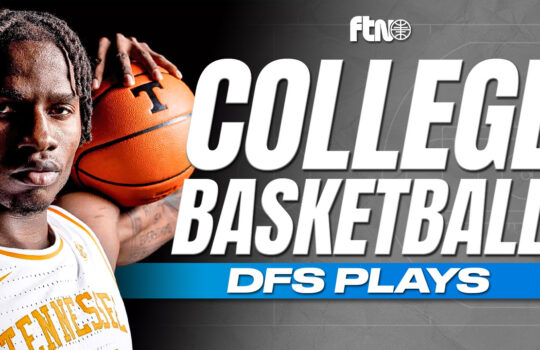



















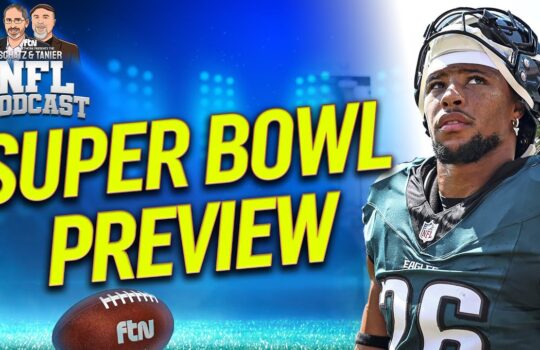






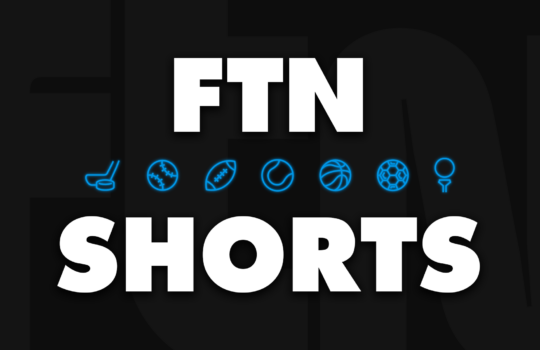
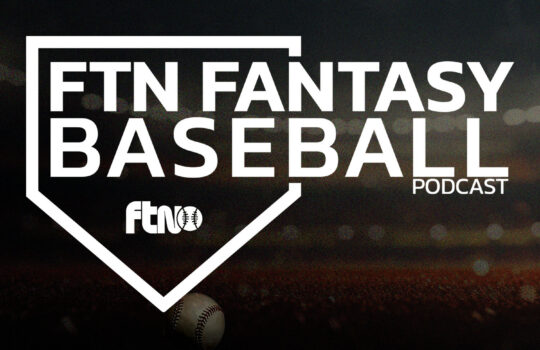



 New York Jets
New York Jets  New England Patriots
New England Patriots  Miami Dolphins
Miami Dolphins  Buffalo Bills
Buffalo Bills  Pittsburgh Steelers
Pittsburgh Steelers  Cleveland Browns
Cleveland Browns  Cincinnati Bengals
Cincinnati Bengals  Baltimore Ravens
Baltimore Ravens  Tennessee Titans
Tennessee Titans  Jacksonville Jaguars
Jacksonville Jaguars  Indianapolis Colts
Indianapolis Colts  Houston Texans
Houston Texans  Las Vegas Raiders
Las Vegas Raiders  Los Angeles Chargers
Los Angeles Chargers  Kansas City Chiefs
Kansas City Chiefs  Denver Broncos
Denver Broncos  Washington Commanders
Washington Commanders  Philadelphia Eagles
Philadelphia Eagles  New York Giants
New York Giants  Dallas Cowboys
Dallas Cowboys  Minnesota Vikings
Minnesota Vikings  Green Bay Packers
Green Bay Packers  Detroit Lions
Detroit Lions  Chicago Bears
Chicago Bears  Tampa Bay Buccaneers
Tampa Bay Buccaneers  New Orleans Saints
New Orleans Saints  Carolina Panthers
Carolina Panthers  Atlanta Falcons
Atlanta Falcons  San Francisco 49ers
San Francisco 49ers  Seattle Seahawks
Seattle Seahawks  Los Angeles Rams
Los Angeles Rams  Arizona Cardinals
Arizona Cardinals 
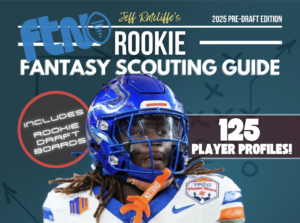

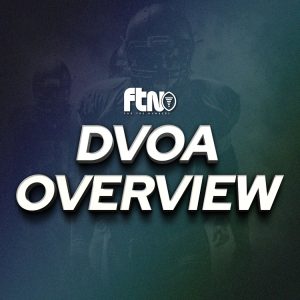
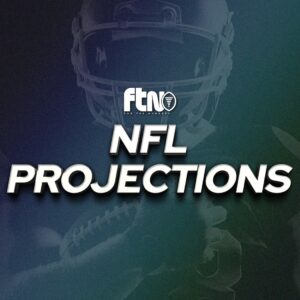
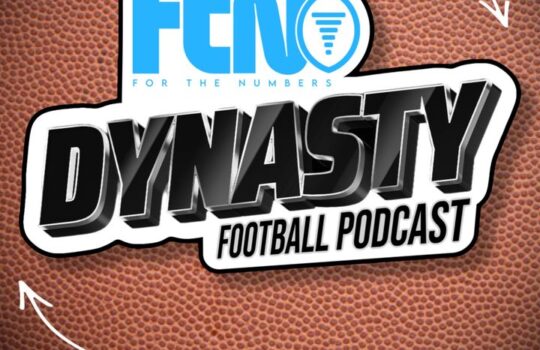
 Boston Celtics
Boston Celtics  Brooklyn Nets
Brooklyn Nets  Philadelphia 76ers
Philadelphia 76ers  New York Knicks
New York Knicks  Toronto Raptors
Toronto Raptors  Chicago Bulls
Chicago Bulls  Detroit Pistons
Detroit Pistons  Milwaukee Bucks
Milwaukee Bucks  Cleveland Cavaliers
Cleveland Cavaliers  Indiana Pacers
Indiana Pacers  Orlando Magic
Orlando Magic  Atlanta Hawks
Atlanta Hawks  Charlotte Hornets
Charlotte Hornets  Miami Heat
Miami Heat  Washington Wizards
Washington Wizards  Denver Nuggets
Denver Nuggets  Minnesota Timberwolves
Minnesota Timberwolves  Oklahoma City Thunder
Oklahoma City Thunder  Portland Trail Blazers
Portland Trail Blazers  Utah Jazz
Utah Jazz  LA Clippers
LA Clippers  Golden State Warriors
Golden State Warriors  Los Angeles Lakers
Los Angeles Lakers  Phoenix Suns
Phoenix Suns  Sacramento Kings
Sacramento Kings  Dallas Mavericks
Dallas Mavericks  Houston Rockets
Houston Rockets  Memphis Grizzlies
Memphis Grizzlies  New Orleans Pelicans
New Orleans Pelicans  San Antonio Spurs
San Antonio Spurs 



